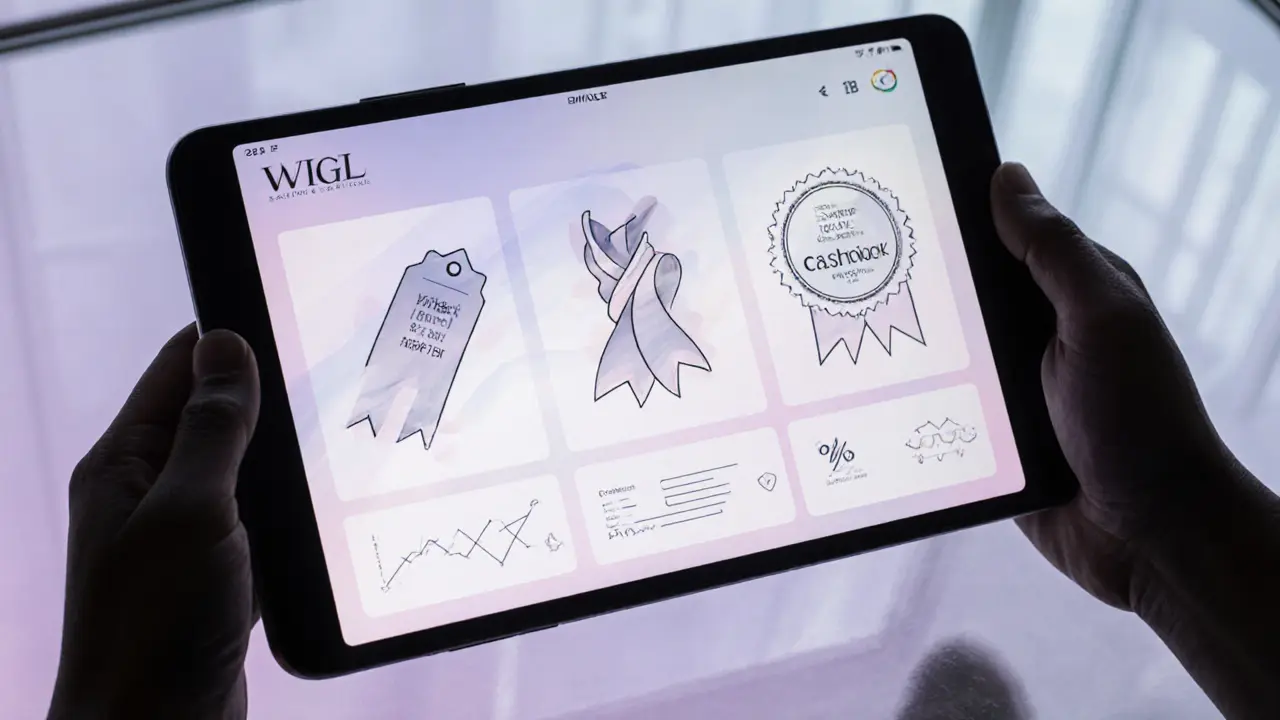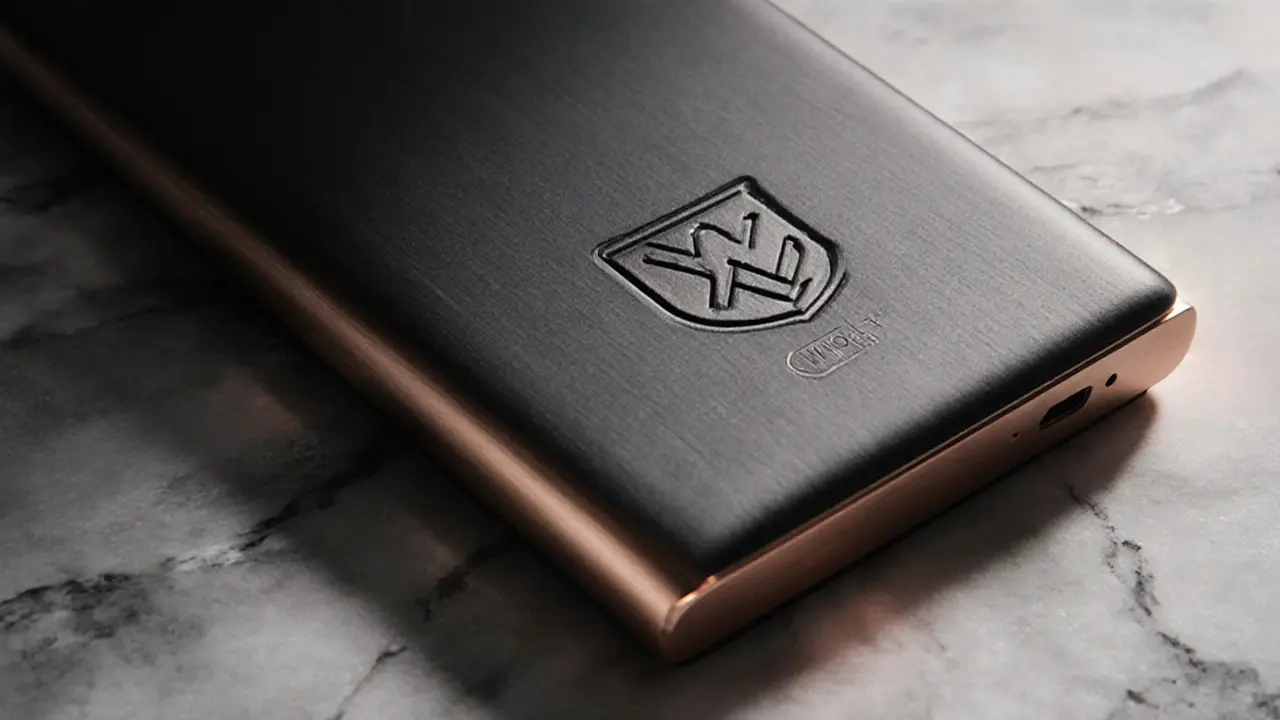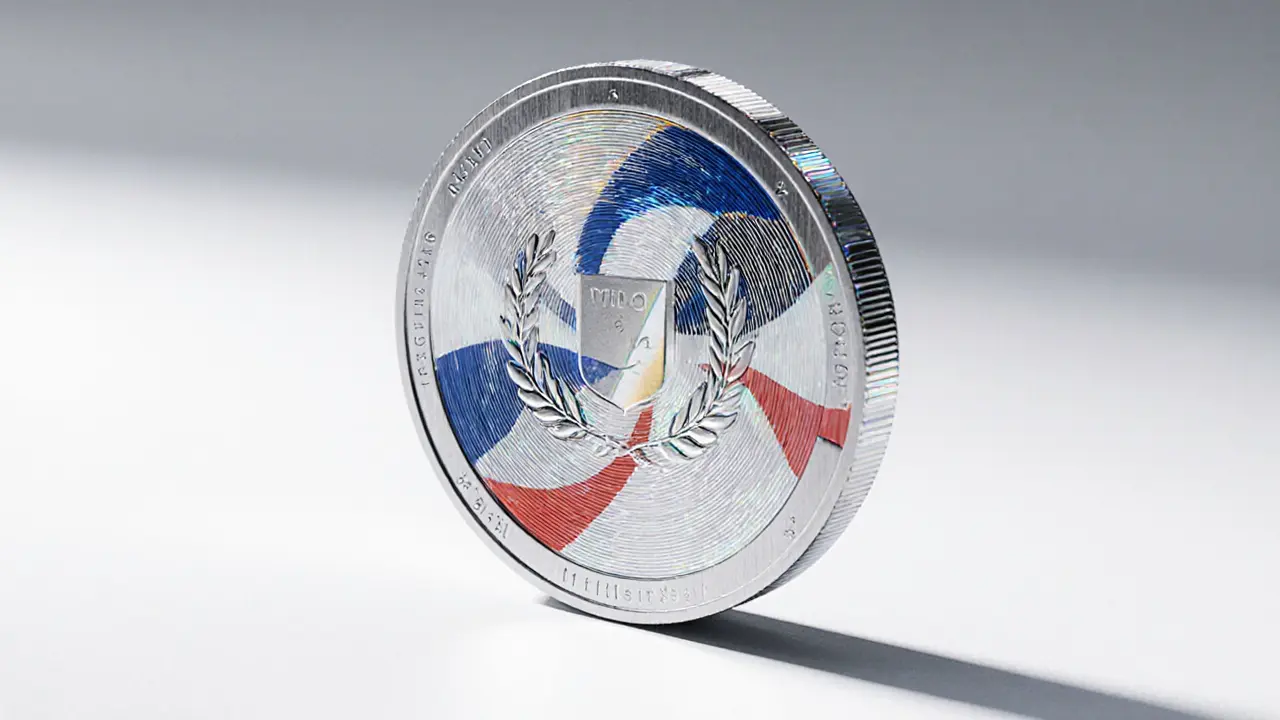WIGL Token Calculator
Token Information
Current Price: $0.08
Launch Date: December 1, 2023
Platform: Wigl (AMF-registered)
Regulatory Status: Low Risk
Your Benefits
Potential Benefits
Results
Enter your trading details to see potential savings.
Key takeaways
- WIGL token is a utility coin that powers the French‑regulated Wigl platform.
- Holding WIGL unlocks fee discounts, higher cashback, and premium subscription perks.
- The token launched in late2023, priced at €0.025, and trades around $0.08 in 2025.
- Wigl is the only crypto exchange officially registered with the AMF as a Digital Asset Service Provider (PSAN).
- Low liquidity and bearish technical indicators make WIGL a higher‑risk investment.
Ever wondered why most global exchanges feel out of reach for French investors? The answer lies in regulation-until now, there was no home‑grown, AMF‑approved platform that let you trade crypto and keep your euros in the same wallet. WIGL token is a utility token that powers the Wigl platform, France’s first crypto service registered with the Autorité des Marchés Financiers (AMF) as a Digital Asset Service Provider (PSAN). In this guide we’ll break down exactly what WIGL is, how it works, and whether it’s worth a look in your crypto toolbox.
What is the WIGL token?
At its core, WIGL is not a standalone store of value like Bitcoin. It’s a utility token that grants users access to the Wigl ecosystem’s features. When you hold WIGL, you can pay for platform fees, unlock higher cashback rates, and qualify for premium subscription tiers. The token lives on a public blockchain (the specific chain isn’t disclosed in the public docs, but the contract adheres to the ERC‑20 standard), which makes it transferable across wallets that support standard tokens.
The token’s regulatory backdrop is its biggest differentiator. By being registered with the AMF, Wigl must follow strict anti‑money‑laundering (AML) and know‑your‑customer (KYC) rules, offering French users a legally protected environment that many overseas exchanges lack.
How does WIGL work on the Wigl platform?
Wigl offers a tiered benefit system that revolves around three core components: Premium Plan, Smart subscription, and the Euro integration. Here’s a quick rundown:
- Fee discounts: Paying trading fees in WIGL shrinks the rate to 0.25% for Premium users, compared to the standard 0.5%‑0.75% for non‑holders.
- Cashback boost: Users earn up to 40% extra rewards on transactions when they settle with WIGL, especially at Grade3 status.
- Subscription savings: Subscribing to the Smart plan with WIGL gives a 10% discount, while the Premium plan drops another 15% if you pay in the token.
- Monthly earnings: Active Premium users can receive up to €40 worth of WIGL each month, essentially a token‑backed dividend.
All these perks create a feedback loop: the more you use WIGL, the more you save, and the more you’re incentivised to hold the token.

Token sale history and current market data
The public sale kicked off on 1December2023, pricing each token at €0.025 (≈$0.0675). Over 37.5million tokens were offered; the exact soft and hard caps were never disclosed, which is typical for early‑stage French crypto projects. The sale wrapped on 15May2024, after which the token listed on a handful of European exchanges.
Fast‑forward to October2025: CoinMarketCap lists WIGL at $0.07659, while CoinCodex shows $0.08398. Volume remains thin-many data providers report zero 24‑hour turnover-so price swings can be sharp. Technical snapshots show a 50‑day simple moving average (SMA) at $0.0851, a 200‑day SMA at $0.0740, and a 14‑day RSI of 44, hinting at a still‑neutral market that could tilt lower.
How WIGL compares to other exchange tokens
WIGL’s model mirrors exchange‑native tokens like Binance Coin (BNB) or Crypto.com Coin (CRO), but its regulatory anchor sets it apart. Below is a quick side‑by‑side view.
| Feature | WIGL | BNB | CRO |
|---|---|---|---|
| Regulatory status | AMF‑registered PSAN (France) | Unregulated exchange token | Unregulated exchange token |
| Primary benefit | Fee discounts & cashback on French platform | Reduced fees on Binance, travel & shopping perks | Fee discounts on Crypto.com, Visa card rewards |
| Trading pairs | Limited - mainly EUR pairs | Dozens of pairs across multiple blockchains | Extensive, plus DeFi & NFT integrations |
| Liquidity (24‑h volume) | Very low - near zero | High - $10B+ | High - $1B+ |
| Current price (Oct2025) | $0.08 (avg) | $260 | $0.09 |
If you value strict compliance and want a Euro‑centric experience, WIGL wins. For pure liquidity or global reach, BNB and CRO still dominate.
Risks, price outlook, and market sentiment
Market sentiment on CoinCodex scores a 45 on the Fear & Greed Index-tilting toward fear. Technical indicators point to a bearish bias: the 7‑day price change is down 2.3%, and the MACD sits below the signal line. Analysts project the token could dip to $0.0629 by early 2026, a 25% slide from today’s average.
Liquidity is the biggest practical risk. With almost no daily volume, large sell orders can move the price dramatically, and exiting positions may be hard without slippage. Additionally, the token’s value is tightly coupled to platform adoption-if the Premium or Grade3 user base stalls, the utility benefits erode, pulling the token price down.
On the upside, any expansion of the Wigl service to additional EU markets or the introduction of new token‑driven products (e.g., staking or yield vaults) could boost demand. The AMF registration also provides a safety net that might attract risk‑averse investors seeking a regulated entry point.
How to acquire and use WIGL
- Complete KYC on the Wigl platform. The process mirrors standard French banking verification.
- Fund your account with euros via SEPA transfer or a linked French bank card.
- Navigate to the “Buy WIGL” page, select the amount, and confirm. The token will appear in your platform wallet.
- Transfer the token to any ERC‑20 compatible external wallet if you prefer self‑custody. Remember, moving tokens off‑platform forfeits fee‑discount benefits.
- Activate a Premium Plan or Smart subscription to start enjoying fee cuts and cashback boosts.
Always keep an eye on the token’s price before swapping large amounts; the thin order book can mean you pay a higher spread than you’d expect on bigger exchanges.

Frequently Asked Questions
Is WIGL a security?
No. WIGL is classified as a utility token. It gives holders platform benefits but does not represent ownership in the company or promise dividends beyond the built‑in rewards program.
Can I use WIGL outside France?
The token is technically transferable worldwide, but the platform’s services (bank integration, EUR payments) are limited to French‑registered users. Non‑EU residents can hold the token but won’t access the full suite of benefits.
How does WIGL differ from Bitcoin?
Bitcoin is a decentralized store of value without any native platform benefits. WIGL, by contrast, is a platform‑specific utility token that unlocks fee discounts, cashback, and subscription perks on a regulated French exchange.
Is there a staking or yield program for WIGL?
As of October2025, Wigl offers a “Vault” service that lets users earn extra returns on euros, but there is no native staking mechanism for WIGL itself. Future roadmap items hint at possible token‑staking, but nothing is live yet.
What are the tax implications of holding WIGL in France?
French tax law treats crypto‑related gains as capital income. Since WIGL is a utility token, any profit realized upon sale is subject to the standard 12.8% capital gains tax plus social contributions. Holding the token for longer than one year does not currently grant a lower rate.

